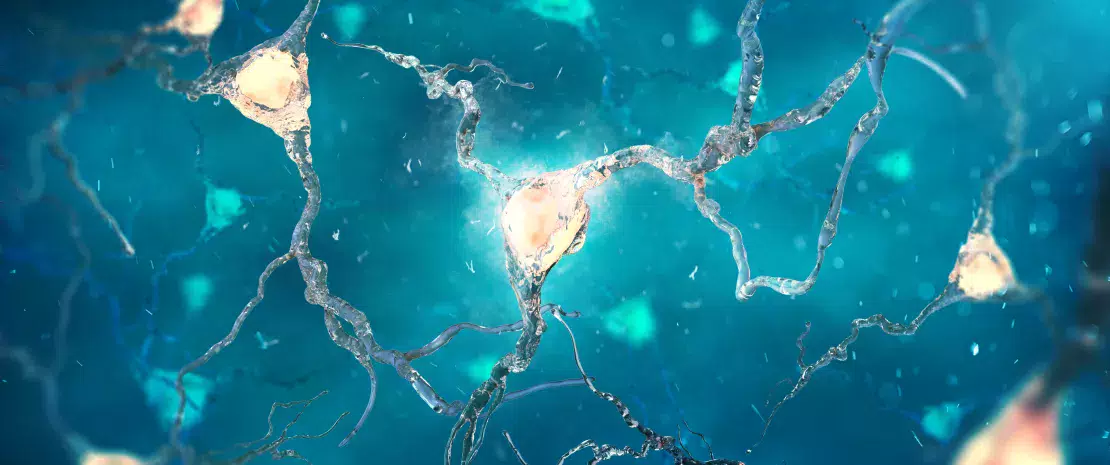Alzheimer’s disease: the involvement of the oral microbiota has been confirmed
Alzheimer’s disease could be the consequence of chronic inflammation of neuronal tissue caused by the colonization of bacteria from the oral microbiota which produce toxic proteins called “gingipains”. Therapeutic applications are already being considered.
Sources
This article is based on scientific information

About this article
A link was already established between Porphyromonas gingivalis, chronic periodontitis and Alzheimer’s disease (AD)–a neurodegenerative disease which affects at least 30 million people worldwide: in mice, it was already recognized that repeated exposure to P. gingivalis triggered periodontitis, which in turn was associated to pathologic neurodegenerative signs typical of AD.
Presence of cerebral markers
Based on this knowledge, an international team analyzed samples of post-mortem cerebral tissue from patients diagnosed with Alzheimer’s and controls. In the material collected from patients, the researchers detected a higher proportion of gingipains, toxic proteins produced by P. gingivalis. These gingipains were also present in the individuals not diagnosed with Alzheimer’s, although in smaller quantities, which could represent an asymptomatic preclinical stage of the disease, according to the authors.
Neurotoxicity at several levels
Furthermore, a strong correlation was observed between the levels of gingipains and those of the Tau protein, whose abnormal accumulation is known to be correlated with neuronal and cognitive decline. In vitro analyses have shown that gingipains cleave Tau proteins and that resulting protein fragments are deposited as insoluble intraneuronal filaments, characteristic of AD. These proteins seem also to be involved in the formation of extracellular plaques of Aβ beta amyloid peptides (1-42), other key lesions observed in AD. According to the researchers, AD is therefore likely to be the result of cerebral colonization by P. gingivalis, which is thought to have migrated from the (sidenote: Oral cavity Dependent on brushing, mastication or the use of dental floss, bacteria would enter the circulation, reaching and then crossing the blood brain barrier ) and then to have triggered chronic low-grade inflammation via the action of gingipains.
Gingipain inhibitors on trial
The researchers consider these proteins to be new therapeutic targets. The gingipain inhibitor that they are developing is orally bioavailable. It can diffuse through cerebral tissue and is said to be capable of blocking neurodegeneration. In mice, this molecule significantly reduces P. gingivalis levels in the brain and limits the formation of Aβ plaques with greater efficacy than moxifloxacin (a broad-spectrum antibiotic used as a control), without inducing resistance. A phase-1 clinical trial was completed successfully in October 2018 and demonstrated safety of use in humans. Other phase-II and phase-III trials are programmed for 2019 to test the molecule in Alzheimer’s patients.
Recommended by our community

"Fascinating research" - Amy Margaret (From Biocodex Microbiota Institute on X)










